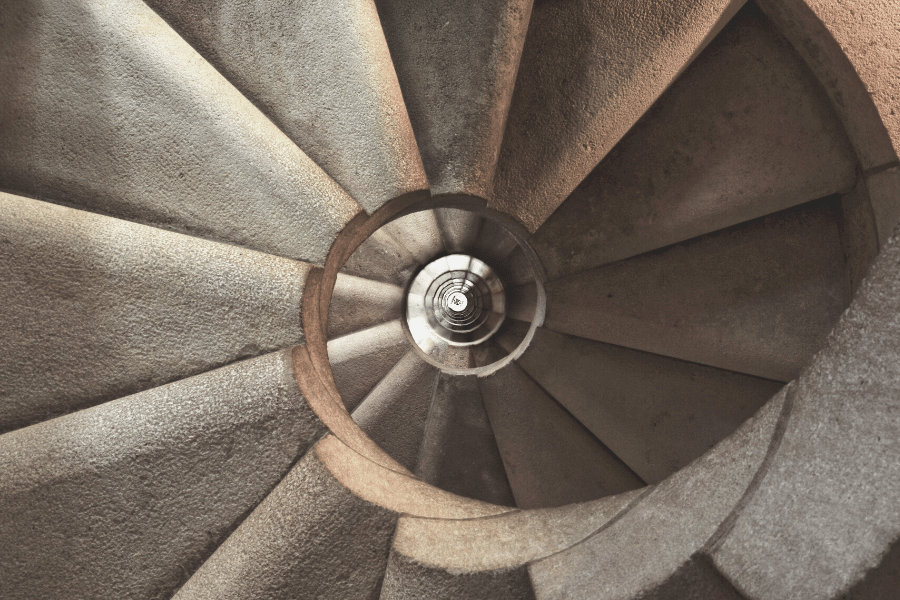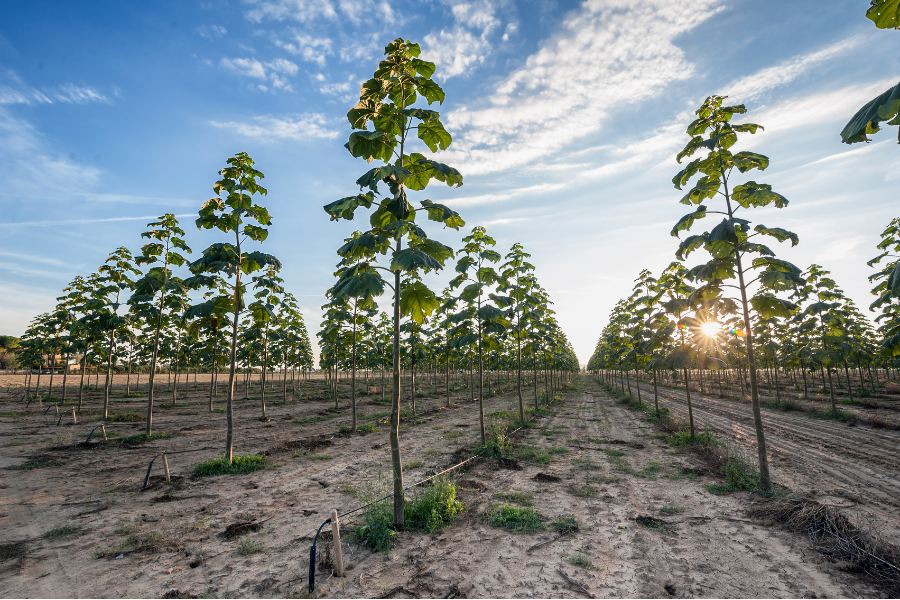Nature inherently works in a circular manner. Everything has its place and intricately fits together, like pieces of a puzzle, to make up sustainable ecosystems. For example, plants use carbon and nutrients to grow; They then release oxygen as a result. Animals use the oxygen and the nutrients that the plants have provided and in turn release carbon. The cycle goes on and on. The waste that one produces is food for the other.
Circular economy seeks to mimic this conceptual process of what we see happening in nature to how we make and use items. Circular economy is a model of production and consumption. Value gets recovered at the end of the products’ life cycle. They get recycled and reinserted into use so that it may have more life cycles.
Linear Economy
Currently, society operates mostly on a linear economy. Raw materials are extracted from natural resources; They are then manufactured and put in use. At the end of that product’s life cycle, it gets thrown away and most likely ends up in a landfill.
This linear production and consumption model is unsustainable and very damaging for the environment in several ways:
- Natural resources aren’t infinite. They are limited. The exploitation of raw materials and natural resources are causing much devastation.
- A lot of energy is used to process raw materials.
- Waste in landfills is destroying our planet. The world creates 2.01 billion tons of solid waste annually. A large portion of this ends up in landfills and is not managed in a way that’s environmentally safe. This poisons the planet, the wildlife and us humans.
Circular Economy
Circular economy modifies our current business and industry model to create a more sustainable system.
Recycling is a key aspect in a circular economy. At the end of the product’s life, it gets reconditioned and another life. Although recycling is vital, there is much more to a circular economy. This model looks at each step of the production and consumption process. It creates changes to procedures and design at each phase.
Step 1 – Raw Materials – Instead of sourcing raw materials from nature, it acquires resources from broken down parts of a previously used item.
Step 2 – Manufacturing – Manufacturing practices also need to change. Development is no longer streamlined from the transformation of virgin materials; But instead, industry production needs to have the flexibility to be able to work with different salvaged parts.
Design also has to evolve. As the product will be eventually broken down into parts at the end of its lifecycle, the design must anticipate this. Manufacturing needs to plan for easy and efficient deconstruction of the product so that parts can be reinserted in this circular system once more.
Step 3 – Use – Gone are the days of throwing an item out at the first sight of damage. Products should not only be built to last longer, but should also be easier to repair. The model requires an infrastructure of businesses that allow restorations to become more accessible.
Step 4 – End of Life – At the end of a product’s life cycle, it doesn’t simply get thrown into a landfill. Instead, it gets reprocessed to give it more lives. The items are assessed as to whether they are in good enough condition to be regenerated in manufacturing (step 2) or broken down into smaller components (step 1).
Once the item is taken apart into its different elements, each material may be utilized for different purposes and across various sectors. Let’s look at wood for example. If the material is too damaged or unfit to be repurposed to serve its original function, it can still be given several lives across different industries. It can serve life cycles as particle wood chips and then further life cycles as paper. As a result, that one piece of raw material has served many lives across various industries. This concept is called cascading.
Impact Of Circular Economy
This circular model obviously has a positive impact on our planet. It reduces the exploitation of natural resources, reduces energy usage in the manufacturing stage and lowers waste that ends up in landfills.
It also greatly impacts modern society’s consumerist mentality. Instead of trying to keep up with the latest trends, fashion or gadgets, we become more thoughtful about how we consume. Society becomes more aware of regenerating natural systems and its waste production.
Lastly, this circular model completely revolutionizes business. For this system to work, many industry aspects like business models, design, manufacturing, supply chain, etc., needs to be revisited and completely modified. This leaves room for a lot of innovation and growth.
To find out what other sustainable trends we will be seeing more of, click here.
Sources: RIT – Golisano Institute for Sustainability, European Parliament News, SidMartinBio article, The World Bank – Trends in Waste Management, EuroStat – Europe’s Waste Management








